The Zones of Regulation
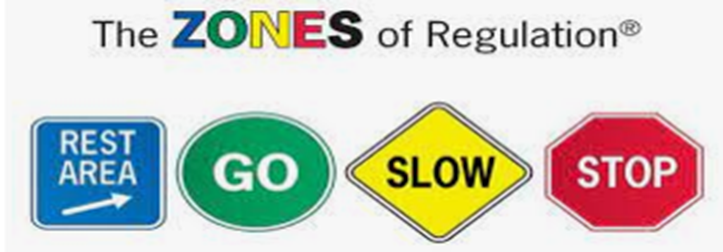
Zones of Regulation is an approach Willoughby uses consistently, across every classroom, to develop self-regulation. It is also used as part of our restorative behaviour practice.
The skills we are teaching through Zones of Regulation:
- Pupils develop self awareness.
- Identifying your emotions by categorising feelings into four zones.
- Self-regulation: Achieving the preferred state of alertness (Zone) for a situation. This is all about regulating your body and emotional regulation.
- Identifying triggers: Learning what makes you “tick” and why.
- Coping strategies: Various techniques and strategies that help achieve emotional regulation and manage strong emotions.
- Overtime pupils will begin to develop their empathy for others through transferring skills and identifying emotions in others.
The Zones
Blue Zone
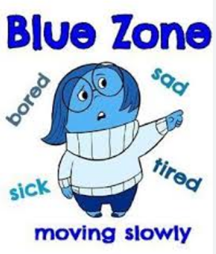
The blue zone, on the other hand, is used when a person is feeling low states of alertness or arousal.
When you are in the blue zone you may be feeling down – sad, sick, tired, or bored.
You are still in control, as you are in the yellow zone, but with low energy emotions.
We encourage pupils to recognise what changes they sense in their bodies.
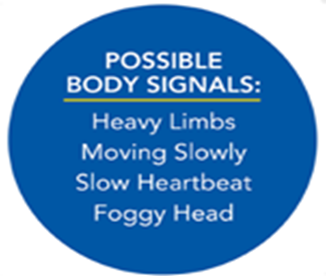
Pupils are encouraged to use strategies to get them to the green zone.
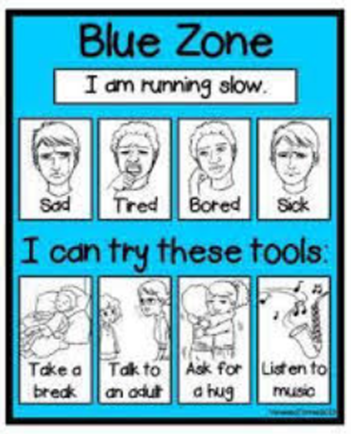
Green Zone
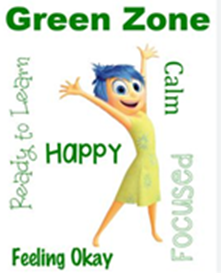
The green zone is used to describe when you are in a calm state of alertness. Being in the green zone means you are calm, focused, happy, or ready to learn. This is predominantly the state you want your child to be in. It is also the state most needed in the classroom in order to learn.
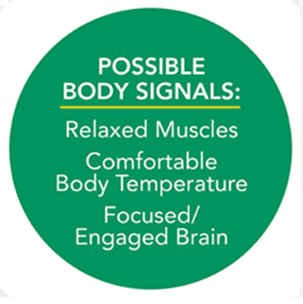
We need to reassure pupils we are not always in the green zone and this is ok.
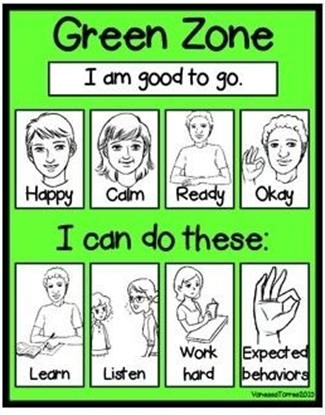
Yellow Zone
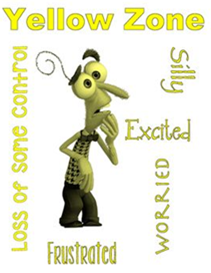
The yellow zone describes when you have a heightened state of alertness. This is not always a bad thing, and you still have some control of your actions when you are in the yellow zone.
Being in the yellow means your child may feel frustrated, anxious or nervous.
But, it could also mean your child feeling excited, silly, or hyper – which is okay in the right situations.
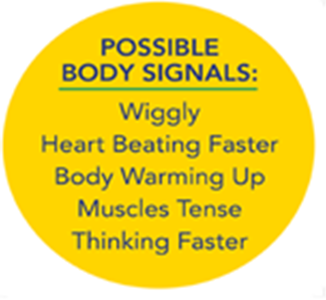
Pupils are encouraged to use strategies to get them to the green zone.
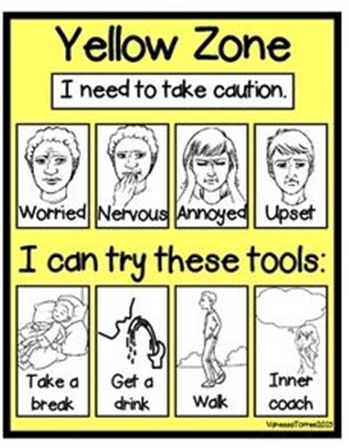
Red Zone
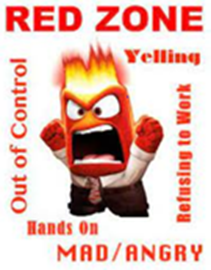
The red zone describes an extremely heightened state of intense emotions. When a person reaches the red zone, they are no longer able to control their emotions or reactions. This is the zone children are in during meltdowns.
Being in the red zone means you’re feeling anger, rage, terror, or complete devastation and feel out of control.
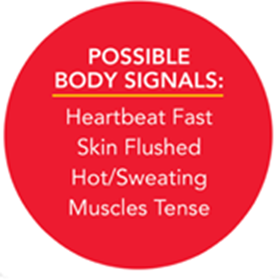
Pupils are encouraged to use strategies to get them to the green zone.
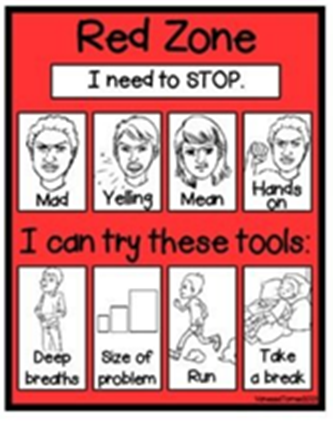
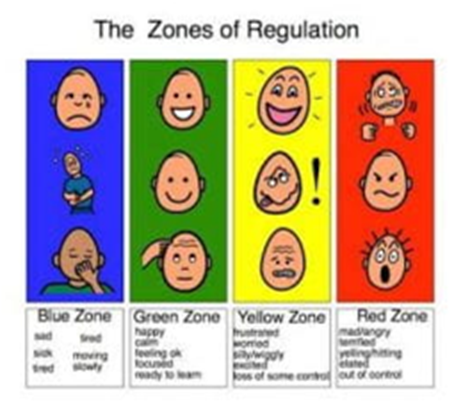
Remember:
* no zone is a bad zone.
* it is normal to feel all these emotions.
* model using how you are feeling using the zones.
* all zones are expected at some time.
* zones of regulation is a teaching tool.
